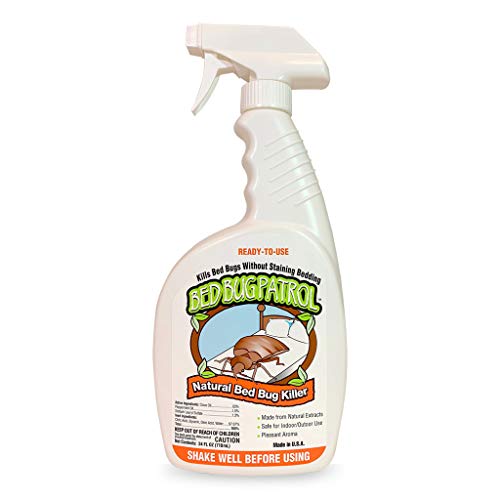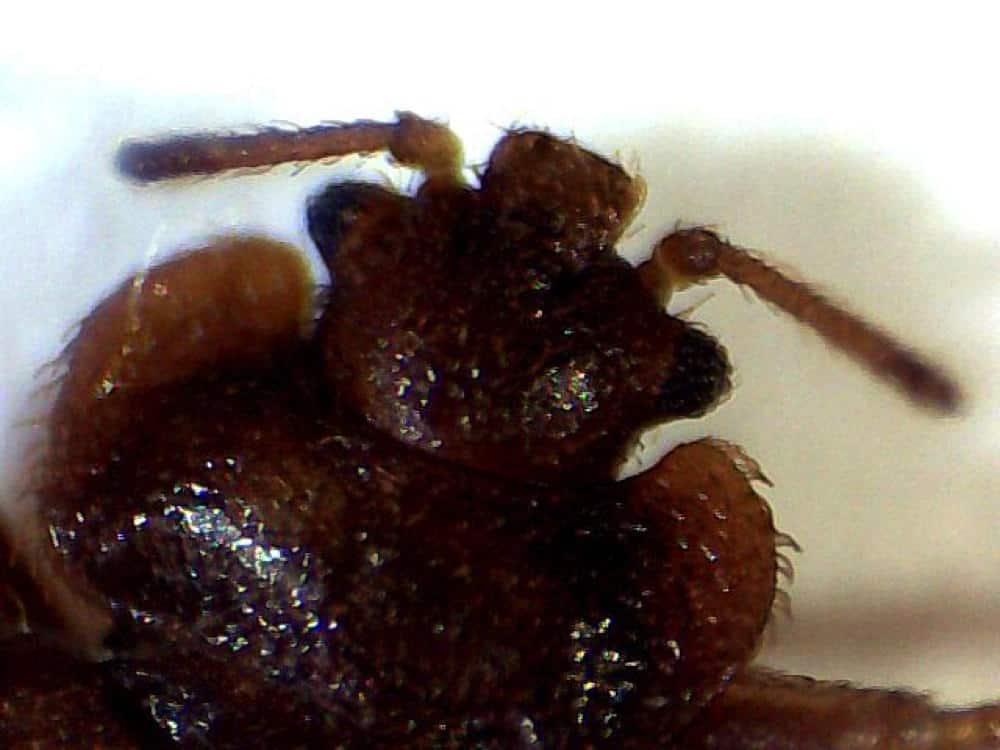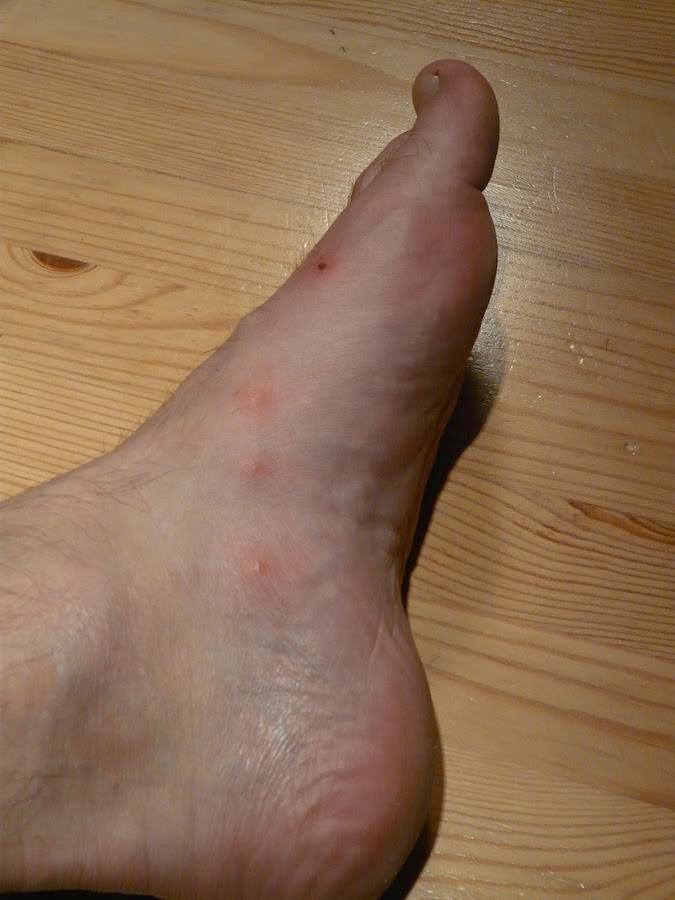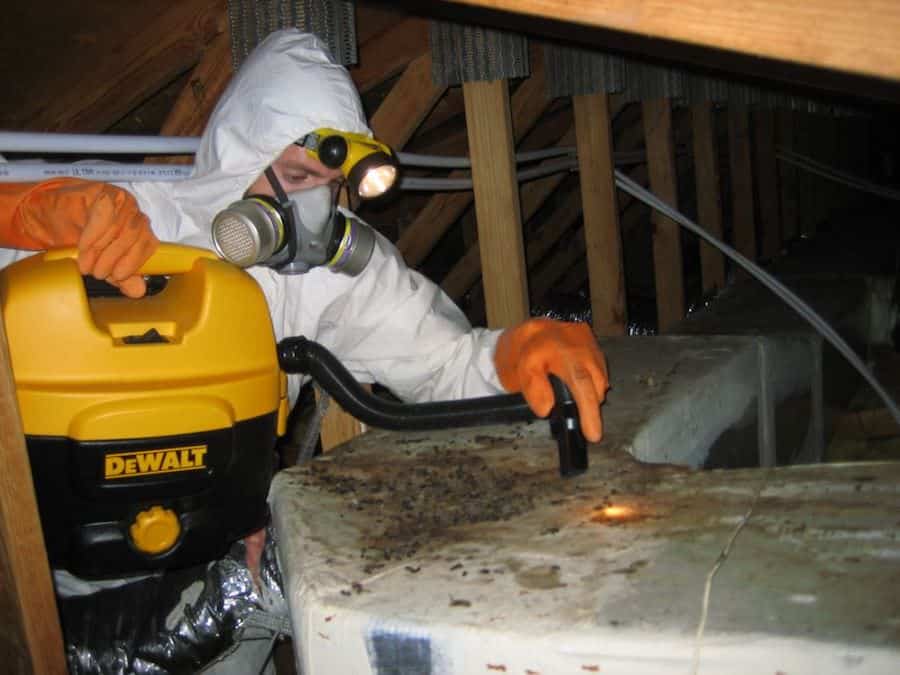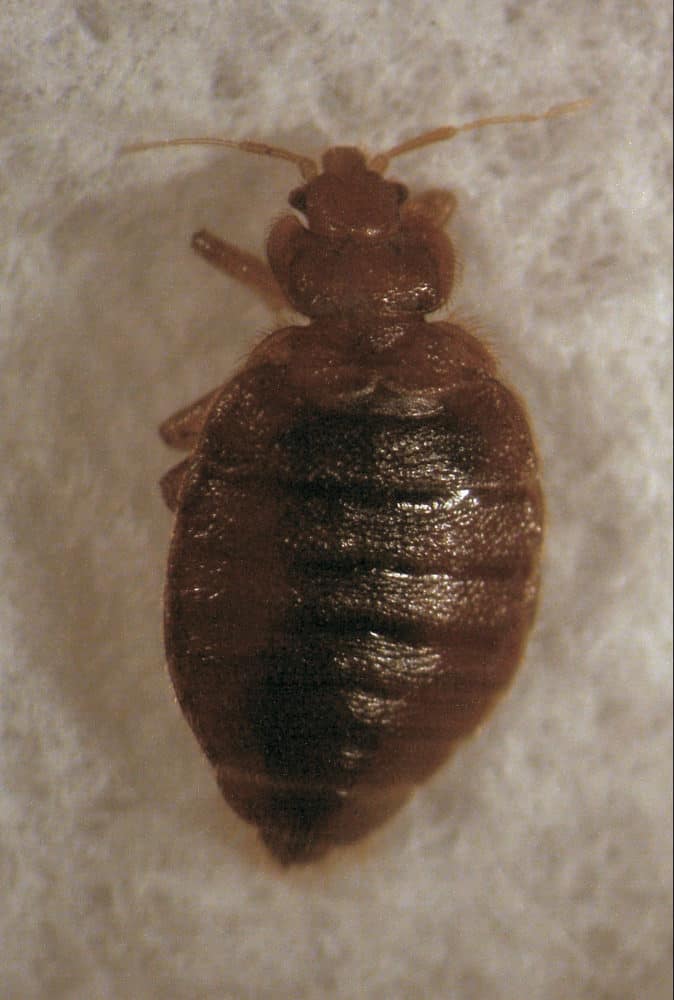How Do Bed Bugs Reproduce?
Have you ever wondered why bed bugs seem to spread so quickly, or why they show up in such big numbers once they form a colony in a home or building? It has everything to do with how bed bugs reproduce, and that’s exactly what you’re going to learn about in this article.
Once you have this information, it will be easy to see how bed bug colonies grow and spread so quickly. You’ll also understand why bed bugs need to be treated swiftly and efficiently in order to prevent a full infestation.
At What Age or Stage Do Bed Bugs Begin To Reproduce?
Counting bed bug age isn’t really like human age. Individual bed bugs don’t typically live for more than a single year, so their age is more commonly counted in days. That being said, each bed bug takes a slightly different amount of time from others in its colony in order to reach the various stages that lead up to adulthood.
That’s because, for bed bugs, reaching the next stage in life depends upon getting a meal. A bed bug nymph, which is the stages of life that are equivalent to childhood and adolescence, goes through five stages before it becomes an adult. At each stage, it molts, or sheds its skin, and in order for that to happen, the bed bug must have a blood meal.
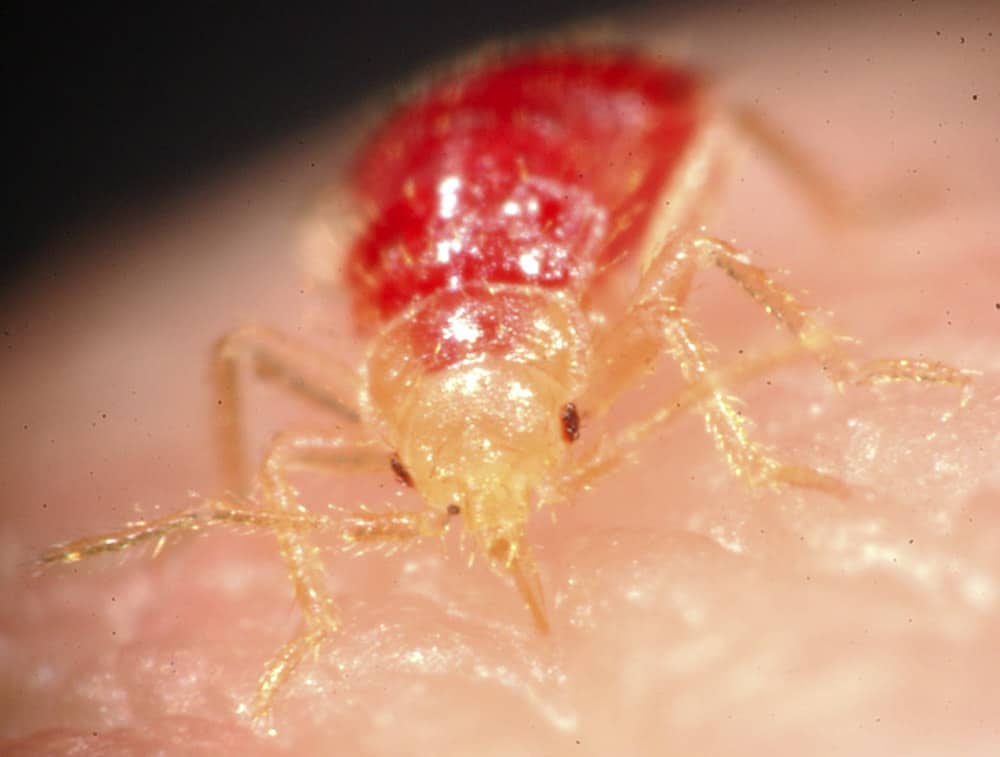
Bed bugs cannot reproduce until they reach full adulthood, and that means going through all five nymph stages. The sixth and final stage is the age when they are fully mature and able to reproduce.
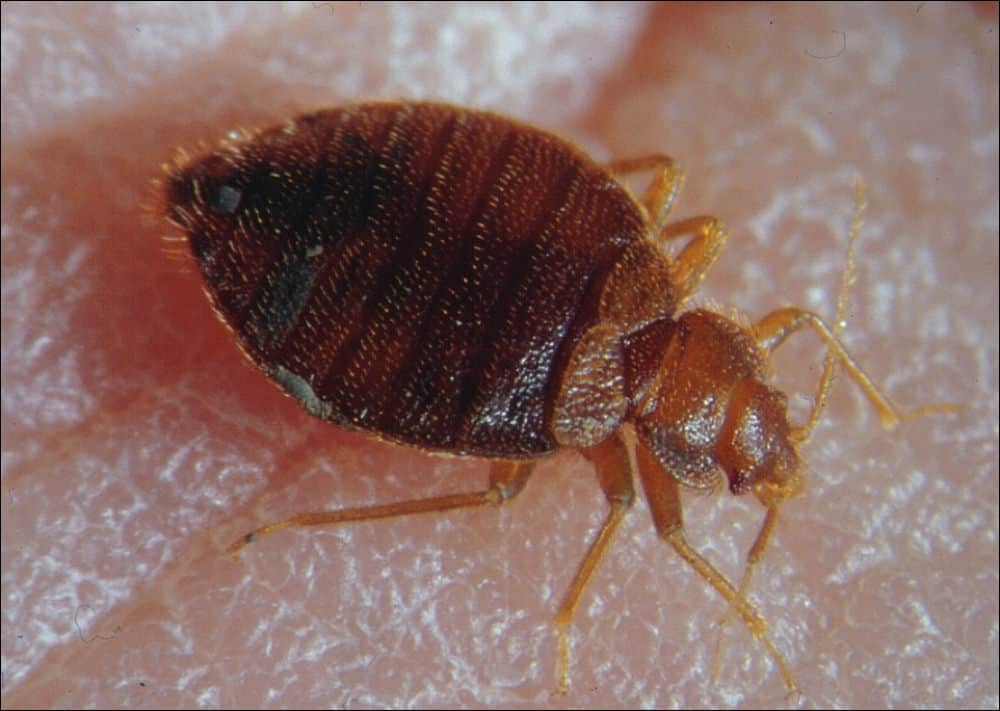
What does that translate to in terms of time? On average, a bed bug, whether nymph or adult, feeds about once per week under ideal conditions. Given that molting schedule, a nymph can reach adulthood and begin reproducing in about 5 or 6 weeks. In reality, the time to adulthood can vary greatly.
Some nymphs feed often enough to reach reproductive age in as little as 3 weeks. This usually occurs in their ideal conditions, which include a relatively warm environment and easily accessible human blood. In less than ideal conditions where the temperature is cooler or meals are less frequent, the nymphs can survive quite a while in between meals, stretching out their time before full maturity. In this case, it may take 4 months before a nymph is fully mature.
How Do Bed Bugs Reproduce?
Female bed bugs are fertilized by males and lay eggs. Male bed bugs take their cue to mate whenever they recognize that a recently fed bed bug is nearby, regardless of whether the passing bed bug is female. Nymphs and male bed bugs secrete a pheromone that attempts to prevent mature males from penetrating them. The occasional non-fertilizing mating session, however, does not stop the massive explosion of an established bed bug population, thanks to the female ability to lay multiple batches of eggs once fertilized.
The actual reproductive process is called traumatic insemination, or hypodermic insemination. The male pierces any location on the abdomen of the other bed bug with a hardened sex organ and then releases sperm into the abdomen.
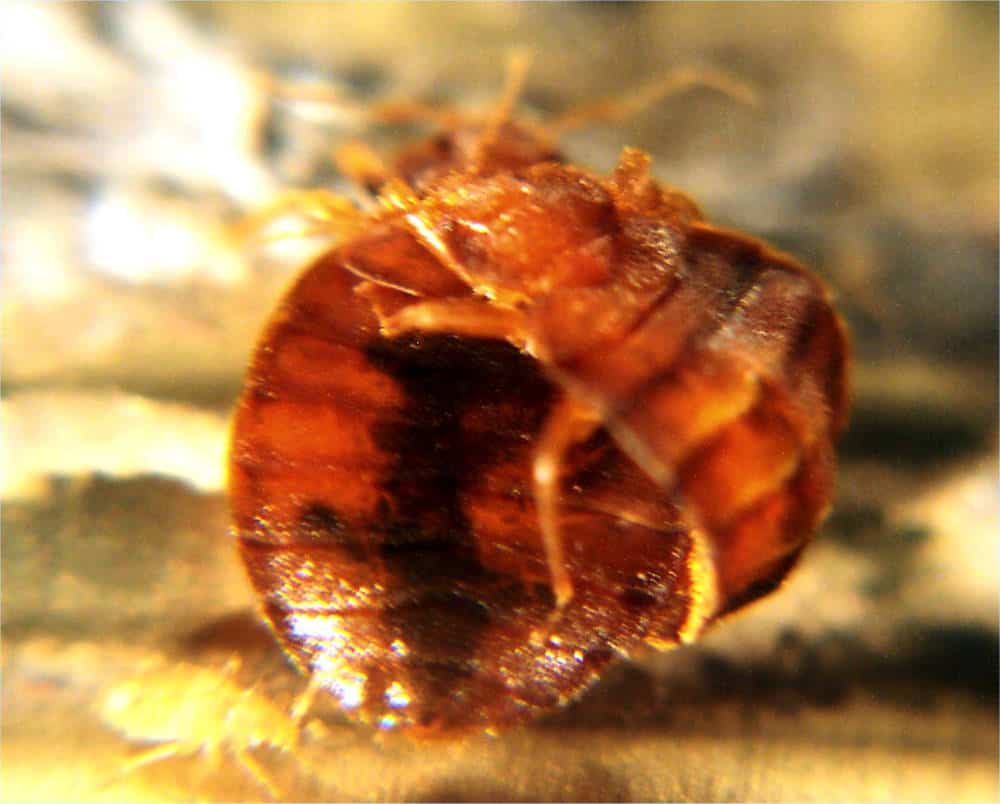
How Many Eggs Do Bed Bugs Lay At Once?
Each fertilized female bed bug can lay about 3 to 7 eggs a day, usually 1 at a time, and most lay around 250 eggs in their short lifetimes. A quirk of bed bug reproduction is that females that are mated more frequently, especially in a short period of time, develop scar tissue that makes it difficult to lay eggs. The result is that these females lay fewer eggs at a time.
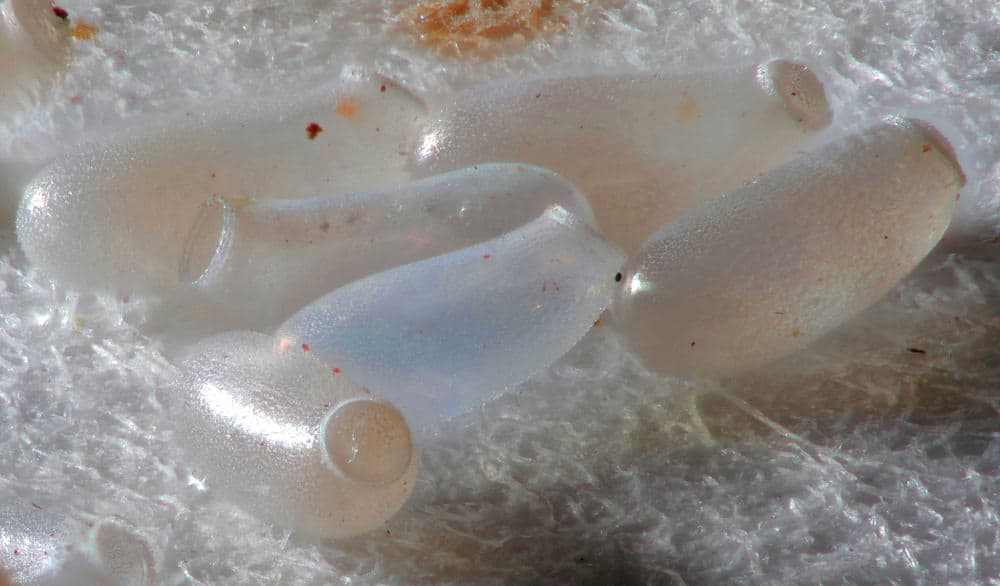
To prevent this, the fertilized females usually leave their original colony and find a new location with access to food. Once there, they will lay their eggs and start a new colony.
After fertilization, the female insect can lay eggs for up to 7 weeks and usually lays multiple batches during this time. Even if she left for a new location, she can be fertilized by any of her male offspring after they reach maturity, which takes anywhere from 3 weeks to 4 months.
How Long Do Bed Bug Eggs Take To Hatch?
The exact amount of time it takes for bed bug eggs to hatch varies depending upon the environment, especially the temperature. On average, eggs hatch in about 1 to 2 weeks, though it can sometimes take a little longer. Eggs will hatch sooner in warmer environments.
The bugs usually lay their eggs somewhere hidden so they are safe. Additionally, each egg has a sticky, natural adhesive substance on its exterior, which keeps it in place and undisturbed. Bed bugs usually have a colony close to the host they feed on, and they will lay their eggs nearby, but in a place that is unlikely to be moved or disturbed.
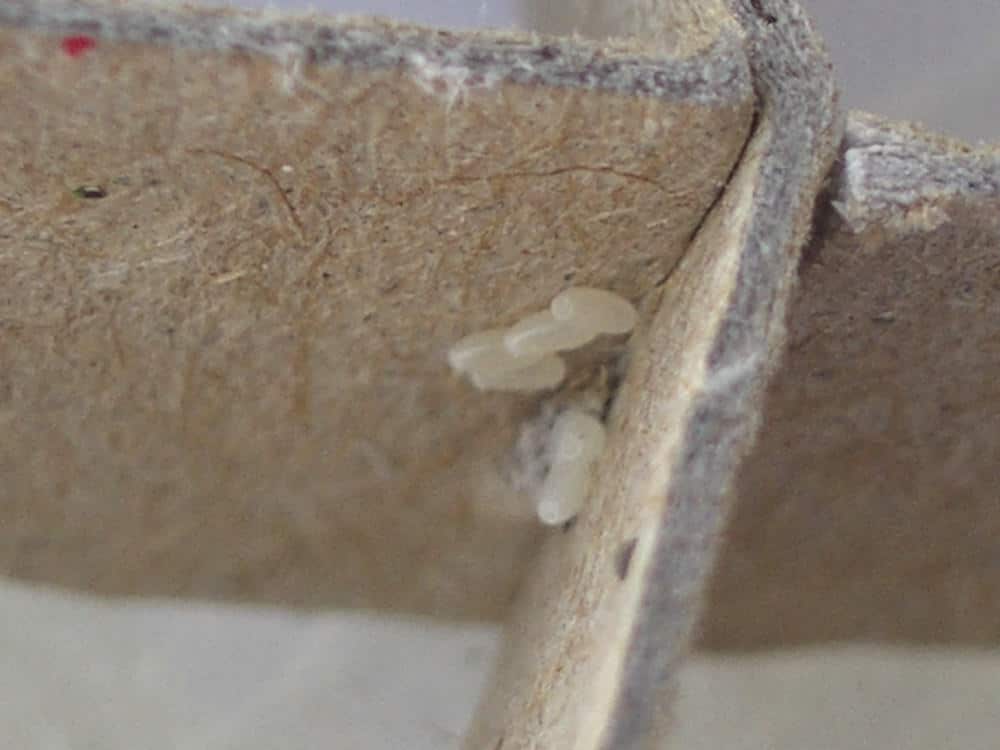
How Often Do Bed Bugs Lay Eggs?
Unlike many larger egg-laying animals, such as birds, bed bugs do not need to tend their eggs once they have lain them. What that means for your home is that they do not have to wait 2 weeks for one set of eggs to hatch before laying more. It also means that even if you get rid of all the living bugs, your infestation will return if you did not destroy all of the eggs. This can be quite a task given that the eggs are smaller than sesame seeds, often well-hidden in a dark space, and may be in a different location from the original colony.
The eggs may also be somewhat spread out because of the habit of this bug to lay eggs one at a time. You cannot count on physical removal techniques, like vacuuming, to get rid of bed bug eggs.
Female bed bugs that seek out a new location after fertilization have a greater chance to lay more eggs because they escape the trauma of further mating sessions. Additionally, female bed bugs need to have eaten recently in order to be appealing for a male to mate with, and they must continue feeding in order to lay the eggs they carry. It is possible for a fertilized female to lay 1 or 2 eggs every day.
Summary
How bed bugs reproduce seems somewhat haphazard, given the varying ages of maturity for bed bug nymphs and the lack of mate discrimination among males, as well as the damage caused by insemination. Despite all of this, bed bugs reproduce at an incredible rate, swiftly and silently taking over a home. Now that you understand just how easy it is for them to increase their numbers and spread to multiple colonies, you can see how important it is to destroy all bed bugs, including the eggs, if you intend to defeat an infestation.
My Favorite Bed Bug Treatment Products
While getting rid of bed bugs without buying any additional products can be done with very small infestations, I believe that by purchasing just a few additional products, you’ll be so much better equipped, and will be able to stamp out an infestation before it gets worse. Below is my list of essential products.
Bed Bug Patrol Bed Bug Killer – One of the best bed bug sprays that I’ve yet to personally use. Not only does it have a reported 100% kill rate against live bed bugs in controlled tests, but it’s also child and pet friendly. This product can be used against both light and heavy infestations, and most importantly, it’s laboratory tested and completely chemical-free.
Studies conducted using the treatment showed an impressive kill rate of 83% within just 30 minutes after application, and 98% within the first four hours, leading on to an eventual mortality rate of 100% over time.
SureGuard Mattress Encasement – It’s thick, durable, and is certain to help stop bed bugs of all sizes from getting to, or from, your mattress.
The protector prevents bed bug transportation by using SureSeal technology, and by using an extremely fine zipper that not even bed bug nymphs can impregnate.
In my experience, the best and most effective bed bug traps are usually the ones that are designed to work in the simplest of ways. I’ve used the Bed Bug Blocker Interceptor Traps extensively and I find they do the job better than any other trap I’ve tried. You also get a very generous 8 interceptors per pack.
Simply place them directly underneath the bed/table/chair legs you’re trying to protect, and watch the bed bugs fall into the traps time and time again with no chance of escape.
ZapBugg Bed Bug Heater – Specially designed to kill all stages in the bed bug life cycle, including eggs, without the need to purchase expensive pest control heat treatment solutions.
Simply place infested items into the ZappBug heater and it will automatically reach the all-important bed bug killing temperature, so you can be sure the items will come out free from all life stages of bed bug once the process is complete.
Large and small versions are also available.

